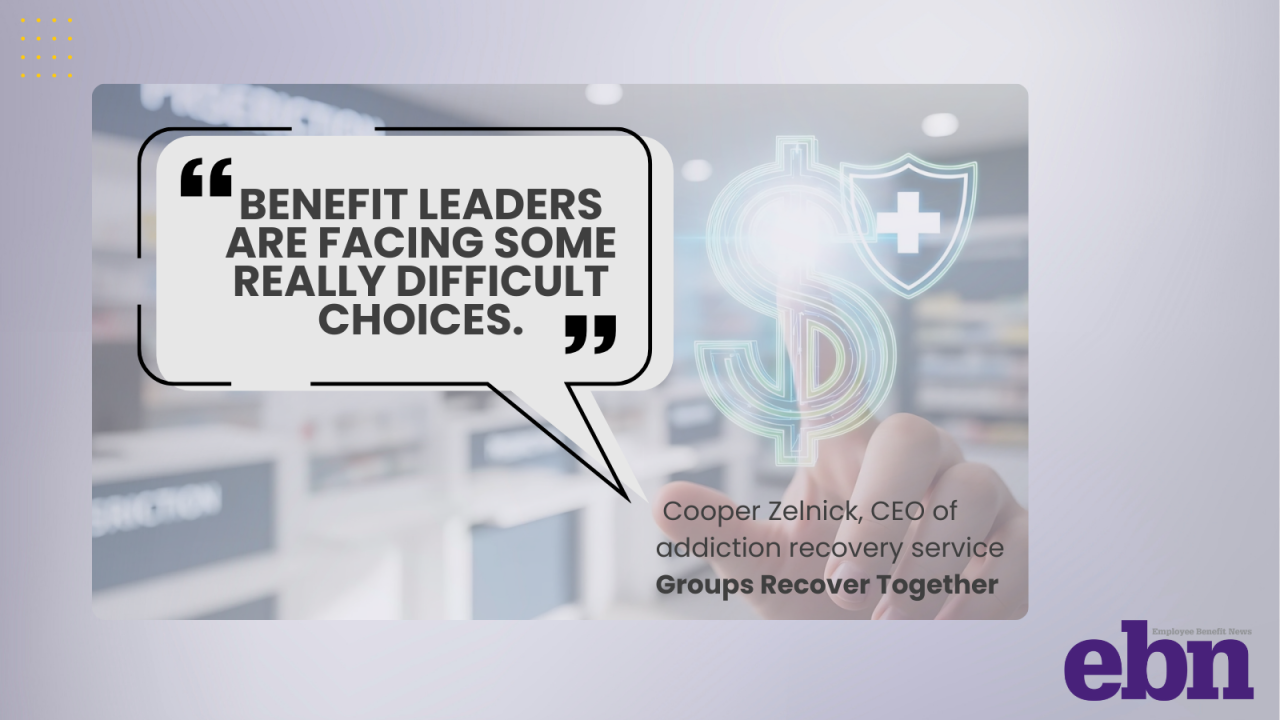Many benefit brokers and HR consultants have likely navigated the transition from consultancy to corporate leadership by taking calculated risks in their careers. I embarked on that path four years ago after a brief stint in consulting and returned to a corporate HR setting, finally arriving at a destination that
Whether you are considering this change or are already in the midst of it, there are a few key differentiators that can ease the process.
1. Networking
Networking remains a crucial aspect of transitioning to corporate leadership, irrespective of possessing a
When meeting new people, avoid coming across as desperate or overtly fishing for opportunities. Be subtle and authentic in your approach. Consider using lines such as:
- "Aren't we all on the lookout for a great opportunity?"
- "I am happy where I am, but I sometimes wonder what else is out there."
- "I am never sure if I am using all that I have to offer in my current role."
Use your trade and professional associations where there are corporate individuals present to start building your network. While consulting gigs may come from lower-level connections within an organization, corporate roles often stem from direct links with presidents or CEOs. Remember, opportunities won't magically appear if you stay at home waiting. You need to actively seek and foster relationships to grow your opportunity tree.
Read more:
2. Know your strengths
If you excel in benefits-related expertise, you can effectively manage a benefits program in a corporate environment. Your skills in underwriting, making business cases and negotiating with carriers can qualify you for a VP of benefits role. For HR generalists, if you haven't written policies but have enforced many, you might not yet be ready for a director or VP role. However, if you have written policies, set strategic direction, managed budgets, developed leadership curricula, worked with labor relations, been deposed or testified at hearings, you may be ready for a VP or even CHRO role. Recognize your strengths and prepare five key stories that showcase them.
3. Navigate
Coming out of a consulting role, hiring managers may have one of two impressions. The first is that you are consulting because you can't find a good corporate role, requiring you to convince them that you are successful and have new desires that a corporate position can satisfy. The second is that you have a thriving consulting business but are seeking something different. This leads to the question, why?
If I can share an observation that has proven true time and again, women tend to undersell themselves and might not apply for jobs unless they tick every box on the duties list. Conversely, men will apply even if they meet only half the requirements. Therefore, it's crucial to build self-confidence. Once you believe in yourself, you must persuade the hiring manager of your commitment to leading a business unit to success rather than just delivering coaching and not witnessing the results.
Read more:
4. The secret sauce
The real difference between being a consultant and fungible leader in a complex corporate organism is around preserving relationships. Instead of pleasing one or two customers in a business, you now are stitched to several interdependent systems in a living breathing enterprise. You have subordinates who have leadership needs and development desires. You now have colleagues who depend on honest, kind, candid but constructive feedback to solve problems with them — meaning alongside them, because you still have to work with them the next day. Starting with the heart and using caring and respect to build trust will get you to the psychological safety you'll need to flourish with a team. You're always solving for the human need for co-workers to be heard, seen and feel significant. You must build connections using that process like never before.
5. Your tactical history
Use your skills in your subject matter silo. Don't be afraid to start a sentence with, "In my experience I have seen …" But guard hard against coming off as a know-it-all or narcissist who just can't be wrong. Build relationships such that each person is a prospect through whom you are anxious to learn and solve new problems together.
Read more:
6. Don't wait
I didn't discover my true career nirvana until I was 59 years old. I was timid. I thought I didn't have enough to offer. Who would listen to me? Once I discovered my knack for leadership development, I have rarely "worked" a day since, even while fulfilling a demanding CHRO role. I asked an all-female panel of CEOs what one piece of advice they would give others on the corporate climb. One said, "Don't be afraid to take a job you don't know how to do if someone believes in you and the role looks interesting." Try new things. Find out who you are. Flourish!






